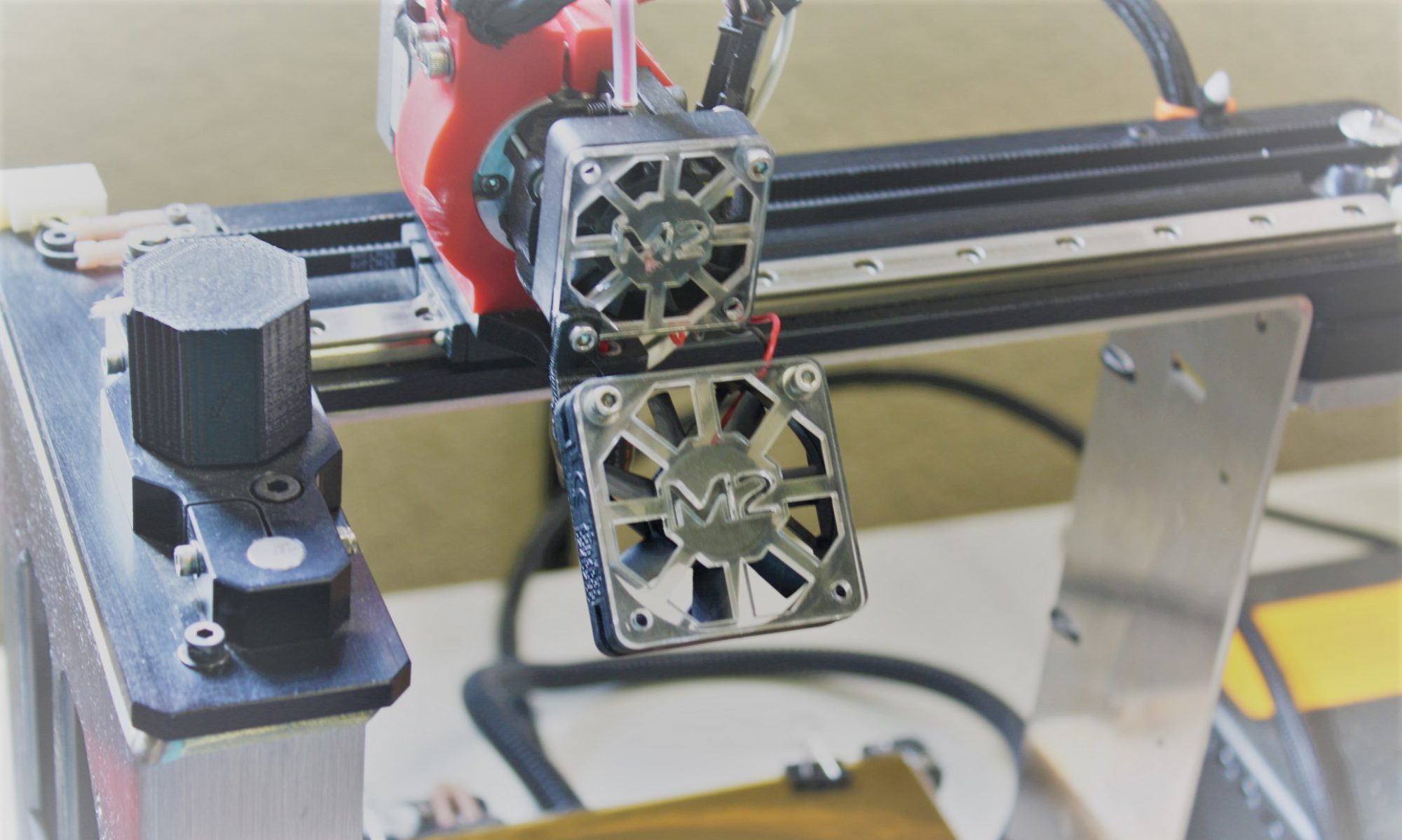One thing I didn’t realize when I set about grafting the ARC ONE system onto my Carrera Go!!! track was that the controllers only had two wires, and thus no motor braking would be possible. The track is so short, and the turns so tight, you really do need the brakes, especially if the car has no magnets.
After a little searching, I found that these controllers could be purchased new for about 6 bucks. Cracking one open to see what it would take to add a braking contact and wire seemed pretty low risk.

Behold, a pretty basic wire wound resistor controller.
When the trigger is in the released position, it is held against a plastic stop that contacts the copper wiper. This is exactly what I was hoping for. Adding the brake contact could be accomplished by adding a piece of metal between the wiper and the stop, and running the wire out.

A quick measurement of the stop indicated a piece of 5mm OD brass tube could be cut to length and put into place.

In order to get a good bond via super glue, I crushed the tube down a bit.

Slip over stopper and add glue:

I opened up the exit from the handle to make sure the wires weren’t being crushed.

Reassemble, and add whatever connector to the new wire you are comfortable with. I like Anderson PowerPole connectors, although I haven’t totally decided how I’m going to implement these extra connections. This wire just needs to be connected to the ground on the low voltage DC side of the track set.

The only hang up I hit was that the two controllers I received were wired opposite of one another. In normal operation, it doesn’t matter where the two wires connect to inside the controller. One just needs to be on the wiper and the other on the resistor. However, once you want to ground the wiper, it suddenly matters which has 15Volts and which is just running out to the motor. You want the 15 Volt wire going to the resistor, and you want the other wire on the trigger/wiper. By luck, the first controller was wired as desired, and everything worked. I didn’t bother checking the second controller, and of course it was different. When I hooked everything up, the ARC ONE browned out, as the power supply was shorted to ground. So, I had to open the second controller back up and swap the wires in the handle. They are just attached with screws through eyelets, so this isn’t difficult.
I now have a completely functioning analog system with brakes along with computer timing and scoring for $40.


















